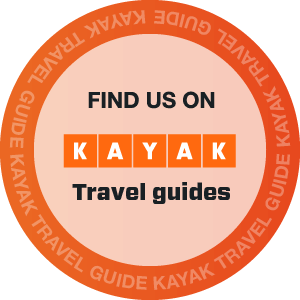
Tsemai
The Tsemai, the dominant people of Weito village on the Konso-Jinka road, are regarded to be among the least known ethnic groups of Ethiopia. Estimated to be a total of some 5000 people, their territory extends along the western bank of the Weito River, known in Tsemai as the Dulaika River. They are mixed subsistence farmers who practice flood cultivation, with the major crops being sorghum and maize. They also rear livestock, especially cattle, and keep beehives for honey.
The Tsemai speak an Omotic language with an influence of Eastern Cushitic language that is closely related to the one spoken in Konso, which, according to oral tradition, is from where their founding chief Asasa originated. The present chief, who lives at the long-standing Tsemai capital of Ganda Bogolkila, is claimed to be the ninth in line after Asasa, suggesting that this migration might have happened between 150 and 250 years ago.
Although their appearance and dress style is similar to that of the Omotic Ari people, the Tsemai share closer political and spiritual affiliations with the Erbore, who speak a similar language, and whose territory lies adjacent to the Tsemai chief’s village. The Tsemai also frequently and openly intermarry with the Hammer, whose territory lies immediately west of theirs. In common with many other people of southern Ethiopia, society is structured around and age set system. Four fixed age sets are recognized, with every set graduating in seniority once a decade, when a new generation of boys between the ages of about 11 and 22 is initiated.
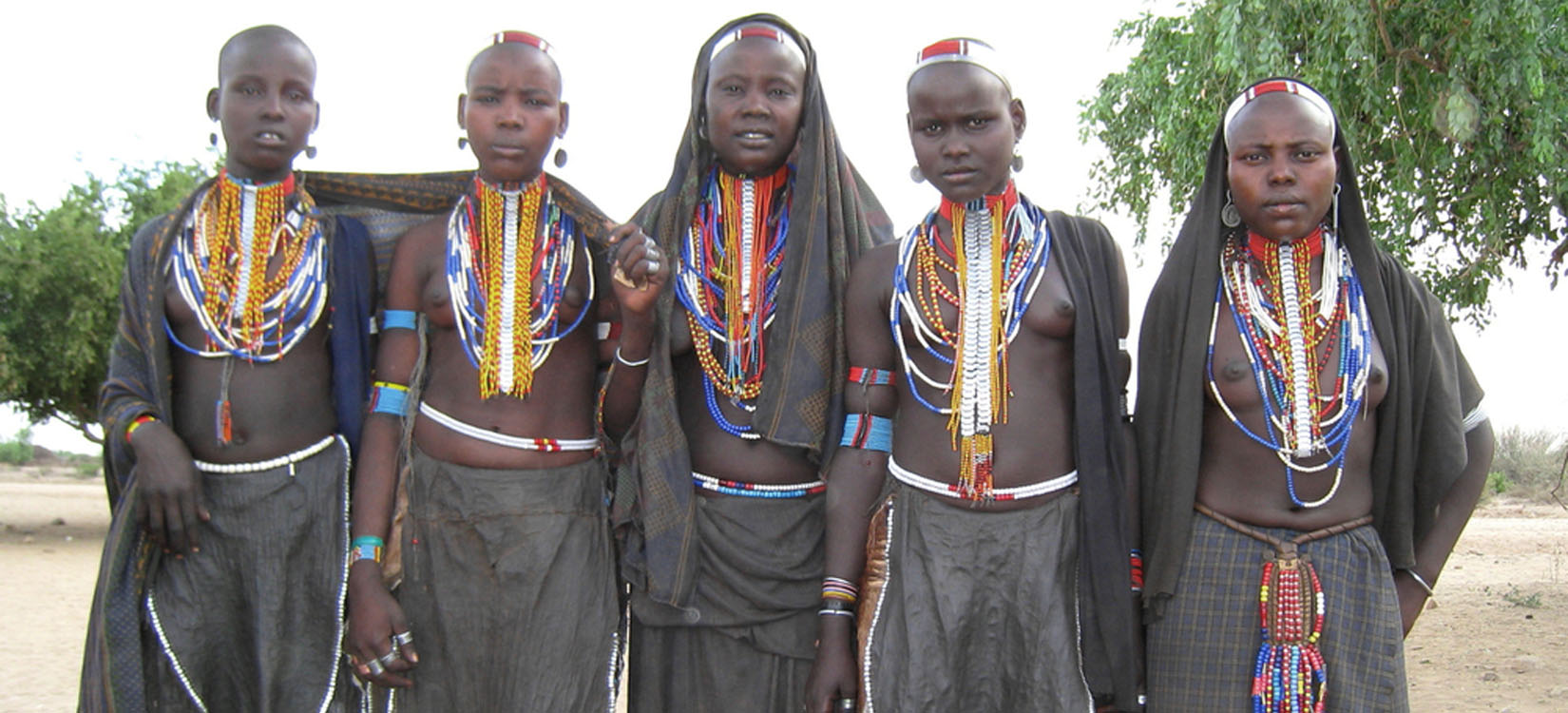
Erbore
Although relatively large, Erbore is far more rustic and unaffected than many similarly sized towns in South Omo, with the police station on its outskirts more-or -less the only building that isn’t constructed along traditional lines.
In common with their linguistically and culturally affiliated Tsemai neighbors, the Erbore migrated to their present homeland from Konso perhaps two centuries ago. Because they have ancestral and cultural links to Konso and the pastoralists of the surrounding lowlands, the Erbore traditionally played an important role as middlemen in trade between the Omo River and the Konso Highlands.
The town of Erbore lies in and area where several tribal boundaries converge, and because the Erbore people routinely intermarry with other ethnic groups like the Guji and Borena Oromo, The Hammer and the Tsemai. It is also inhabited by a substantial number of Hammer and even Borena women – adding a cosmopolitan feel to the worthwhile Saturday market.

Dasenech
The Dasenech, alternatively known as the Geleb or Galeba, Marille and Reshiat, live just north of Lake Turkana, the region where Ethiopia borders Kenya and Sudan. These names all concern the same people, in total 24.000 souls. The Dasenech are neighbored by Turkana and Bume and are Ethiopia’s most southern people.
The Dasenech can however be divided in eight clans. These are the Elele (ca. 6,000 people), Inkabelo (8,000), Inkoria (3,000), Koro (700), Naritch (3,000), Oro (1,000), Randal (1,000), and Ri’ele (600). Two of them (Inkabelo and Inkoria) come forth from the same ancestors: the Nyupe tribe in West-Kenya, also called the Pokot. These have more or less assimilated the Naritch (probably a splinter group of the Murle of Western Ethiopia) and the Oro.
The Oro historically probably have had the dominating language and are solely responsible for the Kushite language now spoken by all Dasenech. The river people Ri’ele seem to have Borena background but have been Dasenech as time went by. The Randal are connected historically with the Rendille of Northern Kenya, whereas the Koro are related to the Maasai of Lake Turkana’s west coast. Having contemplated this information it will not be hard to understand that the Dasenech aren’t a united people, but more like a cluster of small groups with shared language, land, and rituals.
All clans have a more or less defined territory, except for the Koro and Oro, who are semi-nomadic. The Inkabelo are the wealthiest Dasenech and occupy the best land (Oro and Koro actually travel around in Inkabelo land). One other thing worth mentioning is that all Dasenech seem to have natural antipathy against fish. Eating fish is really a last resort in times of crises. The most important ritual of the Dasenech is the so-called dime. Taking part in the dime ritual are those men who have daughters that have already reached puberty. After the ceremony, which takes six weeks, the participants are upgraded to ‘great men’, or those that may engage in politics.
The dime ritual is directly connected to the upcoming marriage of the daughters and consists for the larger part of slaughtering large quantities of cattle (per participant: 10 cows, 30 sheep and/or goats). By the end of the ceremony the participants are extremely well-dressed, with ostrich feathers in their clay hair, oxtails around their arms, leopard skin over their shoulders, as well as the same skirt they wore during their circumcision many years earlier. In their hands they will carry wooden shields and a stick with a fallus symbol.
The nomadic roots of the Dasenech are most clearly seen today in their traditional villages, comprised as they are of small, flimsy, domed huts strongly reminiscent of the impermanent structures built by other African desert pastoralists, from the Tuareg of the Sahara to the Nama of the Kalahari. One such village lies on the west bank of the Omo, practically opposite Omorate, and can be reached by utilizing the flat-bottomed boat that serves as a ferry across the river (police escort mandatory) Another similar village lies about 20 minutes’ walk south of the town center on the east bank of the river.

Bome
The Bume are also known as the Nyangatom. the Bume live west of the Dasenech people, south- west of the Karo people, south of the Surma people and North of the Ethio- Kenyan boundary. They occasionally migrate into the lower regions of the Omo national park when water or grazing is scarce.
Numbering around 6,000 in population, the Bume speak one of the Omotic group languages – Nyangatom. They are agro- pastoralists, relying on cattle herding and flood-retreat agriculture (consisting mainly of sorghum harvesting on the Omo and Kibish Rivers). In other words, they are semi-nomadic hunters and cattle-herders by custom, measuring their wealth in terms of the size of their herd, though flood agriculture now plays and increasingly important role in their subsistence. They tend to indulge in honey and frequently smoke out beehives to get the honey inside the nests.
The Bume are known to be great warriors and, quite frequently, active warmongers. Although they are peaceful and welcoming, they conflict with the neighboring tribes including the Hammer, the Karo and the Surma.
Kangate is the get way for accessing the habitation of the Bume from the east of Omo River. The crossing of the Omo river, although need to have time to do that) to the west enables one to see their small hat villages well.
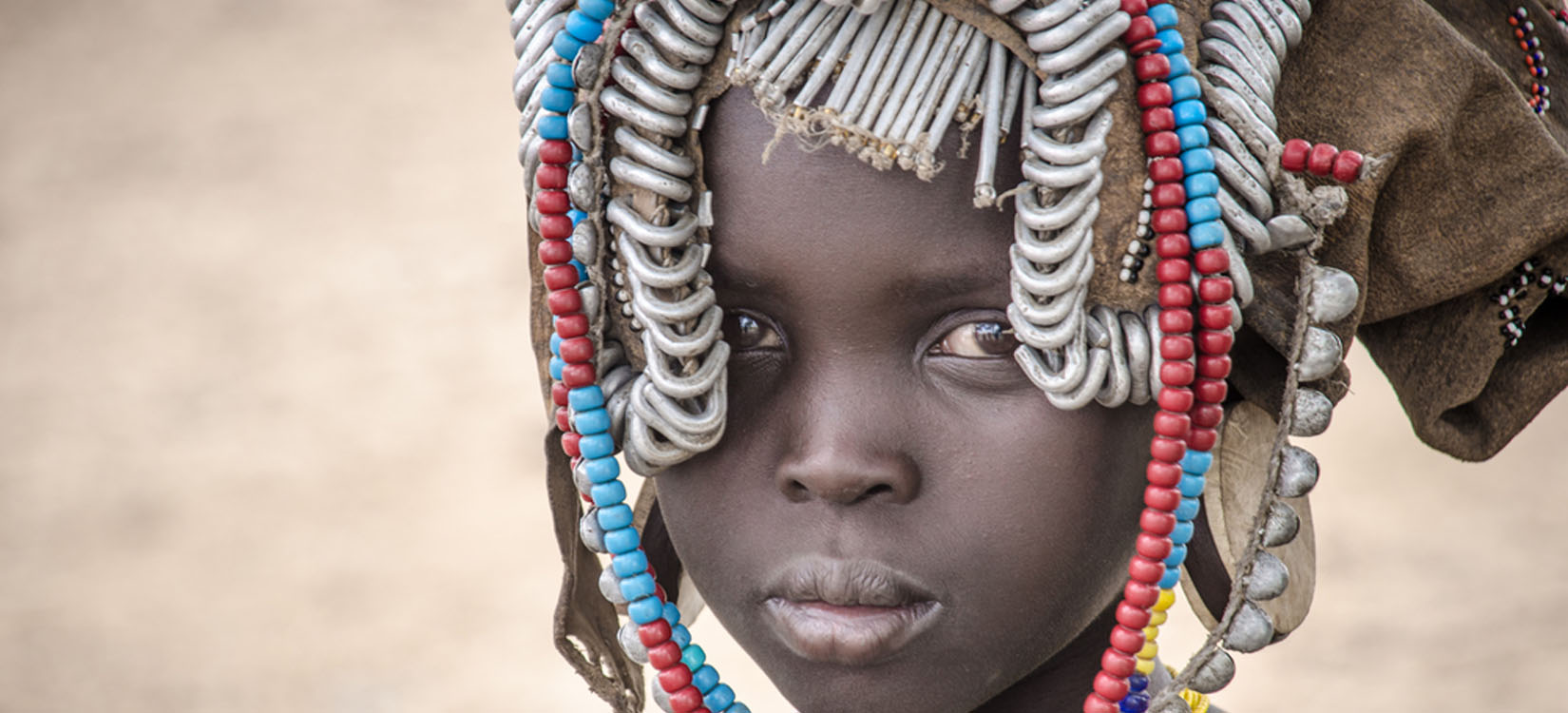
Mursi
The Mursi number about 5,000 and are primarily pastoralists categorized in the Nilo-Saharan language family. The Mursi are Known for their lip plate tradition; an unmarried woman’s lower lip will be pierced and then progressively stretched over the period of a year. A clay disc indented like a pulley wheel is squeezed into the hole in the lip. As it stretches, ever-larger discs are forced in until the lip, now a loop, is so long it can sometimes be pulled right over the owner’s head. The size of the lip plate determines the bride price, with a large one bringing in fifty head of cattle.
The women make the lip plates from clay, color them with ochre and charcoal, and bake them in a fire. Stick fighting or “donga”: At a fight, each contestant is armed with a hardwood pole about six feet long with a weight of just less than two pounds. In the attacking position, this pole is gripped at its base with both hands – the left above the right, in order to give maximum swing and leverage. Each player beats his opponent with his stick as many times as possible with the intention of knocking him down and eliminating him from the game. Players are usually unmarried men.
The winner is carried away on a platform of poles to a group of girls waiting at the side of the arena, who decide among themselves which of them will ask for his hand in marriage. Taking part in a stick fight is considered to be more important than winning it. The men paint their bodies with a mixture of chalk and water before the fight.
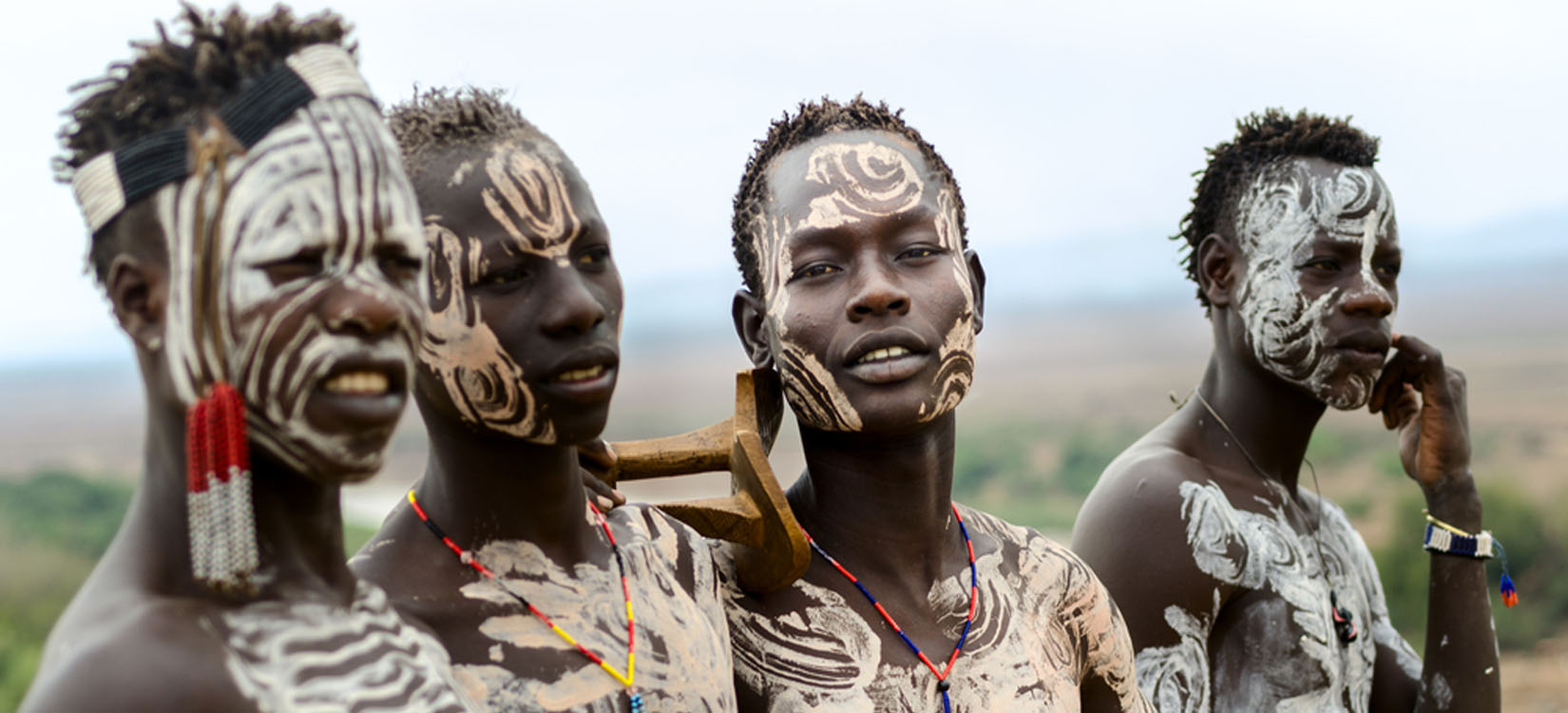
Karo
A tribe living on the east banks of the Omo, the Karo number about 1000. Tourists enjoy watching the Karo preparing themselves for a celebration or traditional dance when they decorate their bodies with chalk paint, often imitating the spotted plumage of Guinea Fowl. The Karo excel in face and torso paintings. Elaborate facemasks are created using locally found white chalk, yellow mineral rock, pulverized iron ore and black charcoal. Karo women scarify their chests to beautify themselves and become more appealing to their men.
The scarification of a man’s chest is made when he has killed an enemy or a dangerous animal. The scars are cut with a knife or razor blade, and ash is then rubbed in to produce a raised welt. Like the Hamar, the wearing of a gray and ochre clay hair bun with ostrich feathers indicates a man’s bravery.

Benna
Broadly speaking, the Benna belong to the Hamar-Bashada cultural group. Numbering about 35,000 they are primarily settled farmers living in the highlands to the east of the Mago National Park. They enter the Park to hunt during the dry season; if they manage to kill a buffalo they adorn them with clay and have a celebration.

Dorze
Dorze is a tribe of skillful cotton weavers and potters who live in the mountains just outside Arba Minch. Their houses, standing up to 6 m tall and built in a shape of elephant’s head, are the most unique traditional structures in Africa. Staple food of the Dorze tribe is enset or false banana. The Dorze dwellings are entirely organic: they are built using bamboo, grass, and false banana leaves. A visit to the Dorze house is a pleasant and memorable experience for the tourists.

Hamer
Hamer is a tribe which occupies the large territory of South Omo. They speak a language which belongs to the Omotic group of languages and display an elaborate and unique style of body decorations and clothes. Women wear leather jacket decorated with cowri shells. Their braided hair is painted with ochre, and their arms are decorated with 15 or more copper bracelets. The most important event in the Hamer society is the Bull Jumping Ceremony, the rite which marks a passage of men from one age group to another. This ceremony can be attended by tourists visiting the Hamer territory. Two principal settlements of Hamer are Dimeka and Turmi, especially colorful and interesting to visit on the market days.
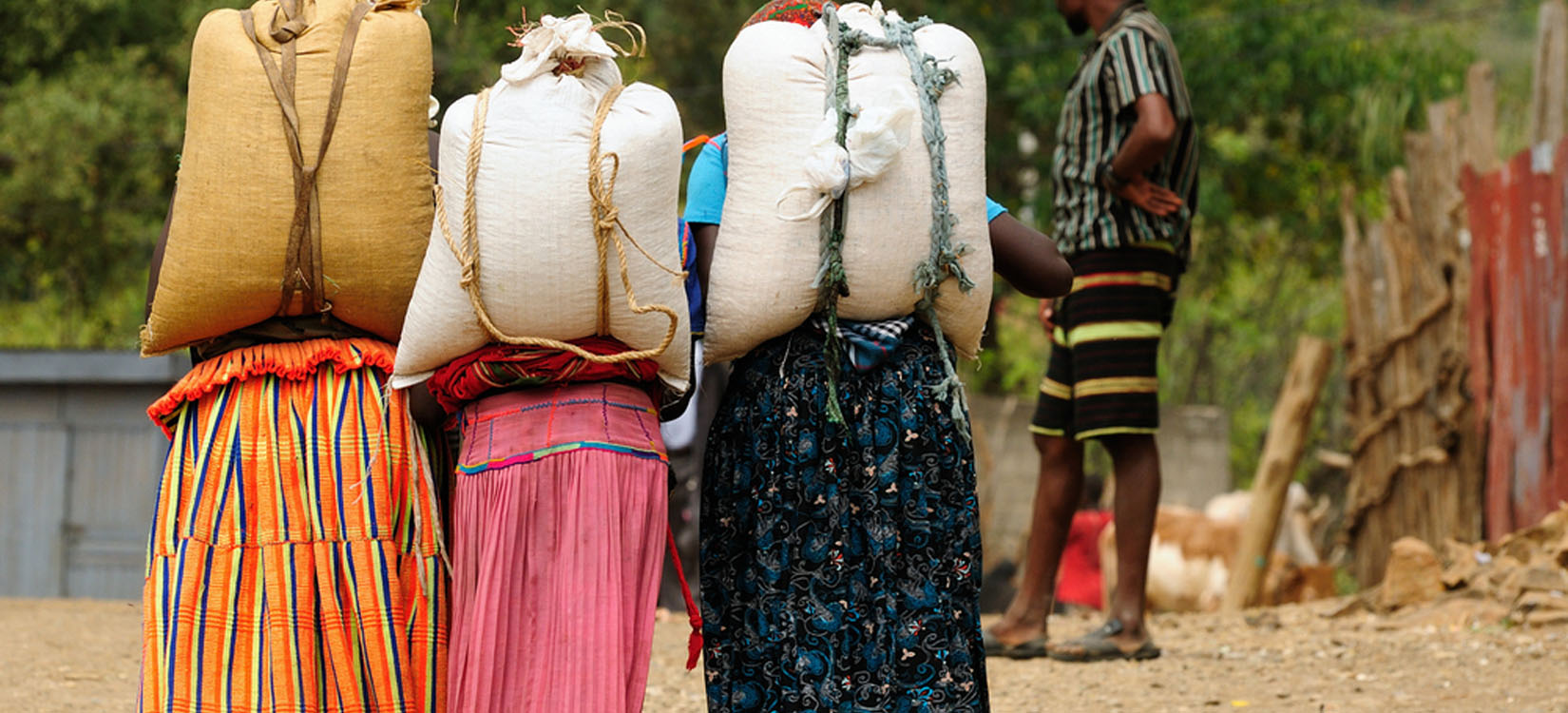
Konso
Konso is a tribe which inhabits the area of basalt hills about 85 km to the south from Arba Minch. They speak a Cushitic language. Konso live in villages usually located on a top of a hill and surrounded by a 2 m stone wall. Konso are famous all over Ethiopia for their advanced methods of land cultivation, ehich include irrigation and building of terraces. Also very famous are the Konso’s waqa – carved wooden monuments erected on the graves.
Read more about the sites and villages in our article about the Omo Valley Sites in Ethiopia.
Check outt more of our tours and
get to have a personal encounter with
the Omo Valley Tribe:
9 Days Omo Valley Tour
6 Days Omo Valley Highlights
16 Days Omo Valley, Awash Park, and Harar
12 Days Discover Tribal Ethiopia









